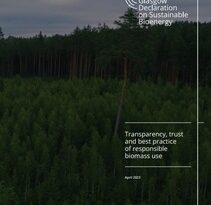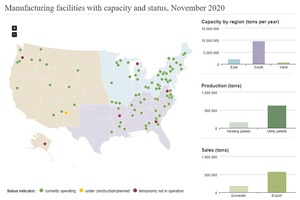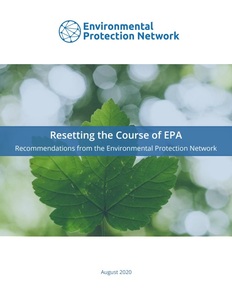European Commission proposes 55% cut in GHGs by 2030
Energy Disrupter
ADVERTISEMENT
The European Commission on Sept. 17 released a plan that aims to reduce European Union greenhouse gas (GHG) emissions by at least 55 percent by 2030 when compared to 1990 levels. The goal would put the EU on a pathway to reaching climate neutrality by 2050.
According the EC, the new target is based on a comprehensive impact assessment of social, economic and environmental impacts that demonstrates the goal is realistic and feasible. Legislative proposals to implement the new target are expected to be introduced by June 2021. Those proposals would revise and expand the EU emissions trading system; adapt the effort sharing regulation and the framework for land use emissions; reinforce energy efficiency and renewable energy policies; and strengthen carbon dioxide standards for road vehicles.
The U.S. Industrial Pellet Association has spoken out to welcome the EU’s proposal, noting that sustainable biomass has displaced millions of tons of coal in Europe and will play a critical role in helping achieve the EU’s 2030 climate targets.
“The Commission’s plan calls for a series of ambitious new climate targets to be met by the end of the decade on the path to achieving climate neutrality by 2050,” said USIPA in its statement. “Sustainable biomass is poised to make significant contributions to several of these, including reducing the bloc’s greenhouse gas emissions by 55 percent compared to 1990 levels; increasing its share of renewable energy to 38-40 percent; and decreasing coal and gas consumption by 70 percent and 25 percent respectively, compared to 2015 levels.
“As its largest single source of renewable energy, sustainable biomass is a cornerstone of the EU’s low-carbon energy transition,” USIPA continued. “We welcome the Commission’s recognition that, in order to meet its ambitious targets for 2030 and 2050, the EU will need more sustainable biomass to balance the grid and support a massive expansion of intermittent renewables like wind and solar.”
Additional information is available on the EU website.
















